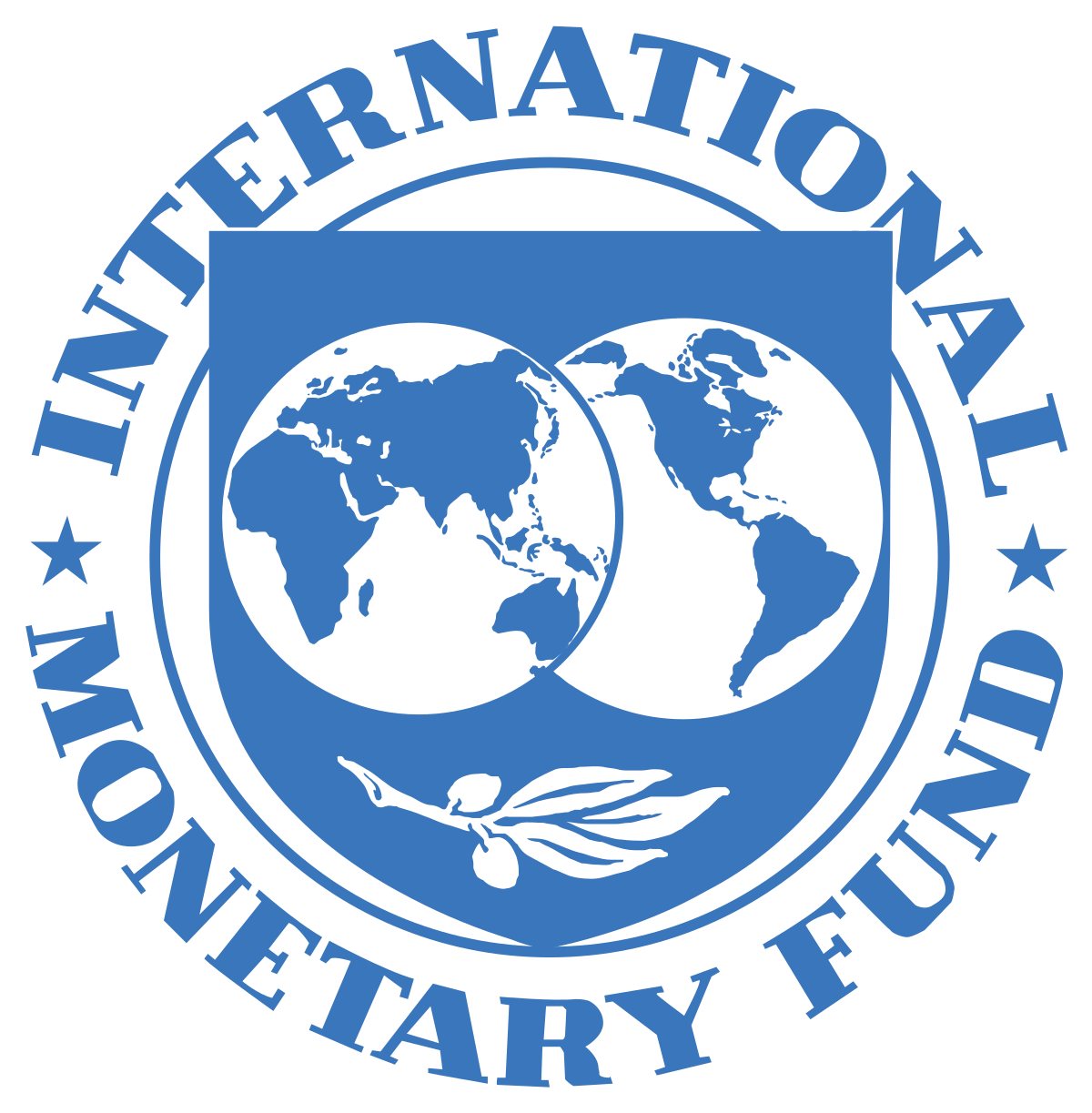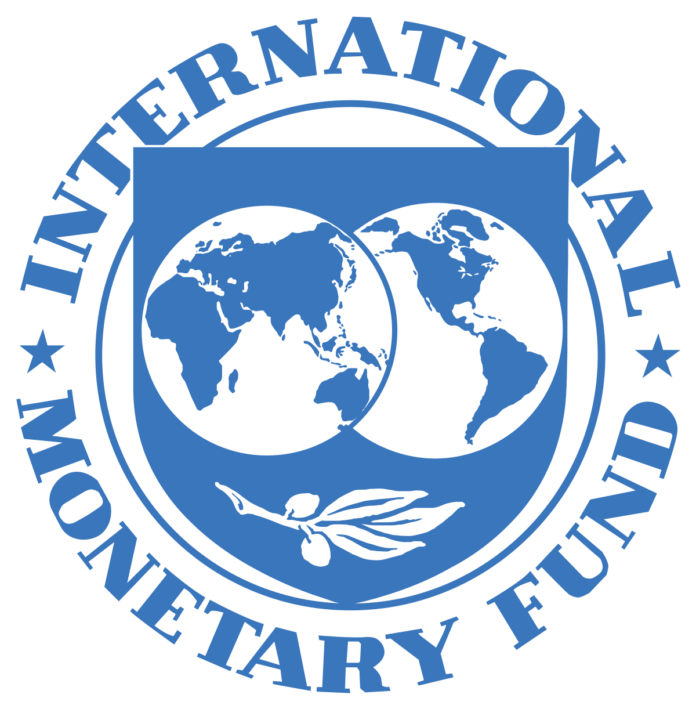
Pakistan’s economic crises continue unabated. On February 28, global rating agency Moody’s lowered Pakistan’s sovereign credit rating by two more notches to ‘Caa3’ — the lowest in three decades — amid international loan negotiations, saying the country’s increasingly fragile liquidity “significantly raises default risks.” This is at a time when Pakistan is still negotiating with the International Monetary Fund (IMF) for the next trance of $1 billion – from the original $6.5 billion loan of 2019 – that has been pending since 2022.
Moody’s noted that while the $1 billion tranche from the IMF may help Pakistan’s immediate needs “weak governance and heightened social risks impede Pakistan’s ability to continually implement the range of policies that would secure large amounts of financing.” Further, the global credit rating agency expressed concerned over the “very limited visibility” on Pakistan’s sources of financing for its “sizeable external payments needs” beyond the life of the current IMF programme that ends in June 2023.
Moody’s also pointed out “It is not clear that another IMF programme is under discussion and if it does happen, how long the negotiations would take and what conditions would be attached to it. However, in the absence of an IMF programme, Pakistan is unlikely to unlock sufficient financing from multilateral and bilateral partners.”
Pakistan’s foreign exchange reserves are barely enough for three weeks of essential imports and inflation remains at a record high. Elaborating on the reasons for the sovereign credit rating’s downgrade, Moody’s said “the government’s liquidity and external vulnerability risks had risen further since the last review in October 2022 and foreign exchange reserves had declined to a critically low level. Amid delays in securing official sector funding, risks that Pakistan may not be able to source enough financing to meet its needs for the rest of fiscal 2023 (ending June 2023) have increased. Beyond this fiscal year, liquidity and external vulnerability risks will continue to be elevated, as Pakistan’s financing needs will remain significant and financing sources are far from secure. At the same time, the prospects of the country materially increasing its foreign exchange reserves are low.”
Finally, Moody’s noted that another reason for credit rating downgrade was the constraining of prospects for further reforms due to acute exposure to social risks and weak governance. “Elevated social risks and weak governance compound the government’s difficulty in advancing further reforms. Implementing further measures to raise revenue or cut spending in this environment is extremely socially and politically challenging.”
Moody’s warned that “The rating would likely be downgraded if Pakistan were to default on its debt obligations to private-sector creditors and the expected losses to creditors as a result of any restructuring were larger than consistent with a Caa3 rating.”
![]()






